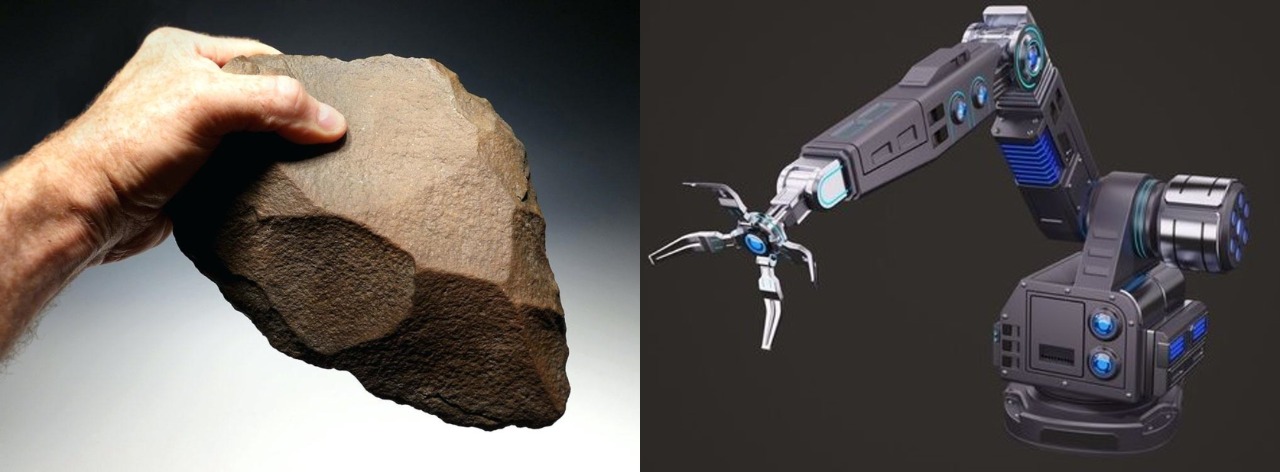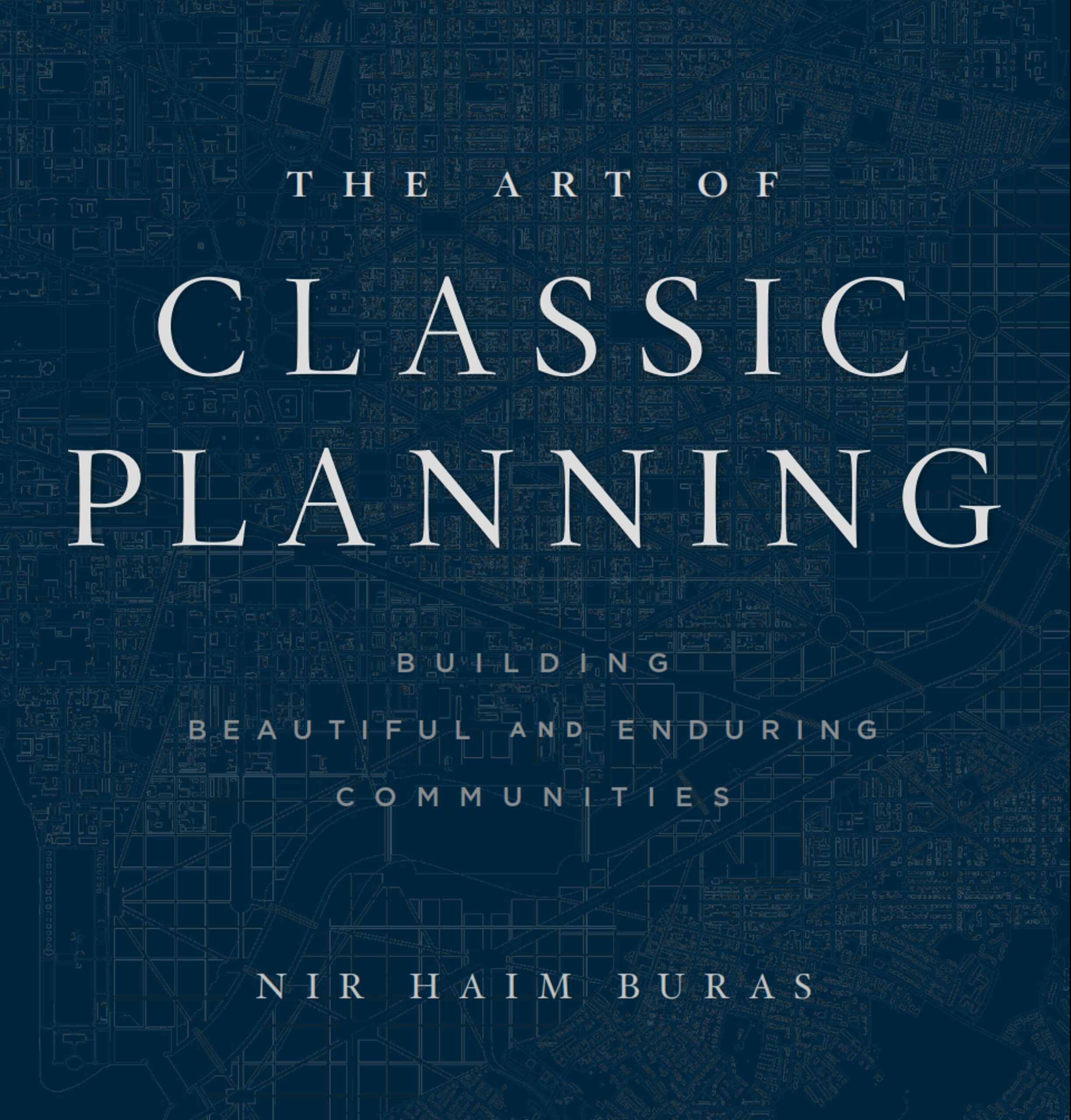
Human-Machine Rules Version 03
© Nir Buras, May, 2022

It is not whether humanity’s focus should shift to human interactions that leave more humans in touch with their destiny. The question is at what cost are we avoiding doing so now?
Human-Machine Rules can help organize the dialogs around the various topics of Human-Machine interaction, especially the so called “ethical” matters, but also to secure personal data, encourage the continuing value of hardcopy and analog formats of information and machines, and help govern the ethics of embedding chips in people and in their belongings.
Human-Machine Rules are meant to support free, individual human choices. They can help define what degrees and controls are appropriate to ensure personal freedoms, personal property, and minimize personal risk. Human-Machine Rules can help determine how consumer and government organizations might audit algorithms and manage equipment usage for societal and economic balances. Human-Machine Rules are not about being “realistic” today. They are about the sort of “reality” we want for our children and grandchildren.
Human-Machine Rules are conceived to address any tool or machine ever made or to be made. They would be equally applicable to any technology of any period, from the first flaked stone, to the ultimate “emotion machines.” We recognize that any industrialized technology must be considered a utility and we reject the idea that any parties other than the inventor and their family should directly gain from its invention. We reject the idea that we should hand over to the people who created the problems of the tech world the job of fixing them. Human-Machine Rules are proposed as an outline for a legal code, similar to motor vehicle-, building-, and hazardous materials handling codes.
- All human transactions and material transformations must be conducted by humans.
- Humans may directly employ tools, machines and other devices in executing Rule 1.
- At all times, an individual human is responsible for the activity of any machine, technology, or program.
- Responsibility for errors, omissions, negligence, mischief, or criminal-like activity with regard to a technology is shared by every person in its organizational, operational, and ownership chains, down to the last shareholder.
- All computing is visible to anyone at all times [no Black Box computing].
- Any person can shut off any machine at any time. Penalties apply for stopping machines inappropriately.
- Right of Repair:
- All machines and their parts greater than 1mm in size can be manually repaired with minimal tools.
- Replacement components will be guaranteed for 30 years for machines and 200 years for buildings.
- Components can be recycled using less than 10% of the energy required to produce them.
- Personal data are personal property. Their use by a third party requires compensation.
- A technology must age before common use. Certain periods of time must pass and consensus regarding it as an Appropriate Technology must emerge prior to its commercial adoption.
- Parties replacing a technology with another shall ensure that,
- The technologies replaced are maintained in all their aspects, including but not limited to chain of materials, processes, and technologies supporting them
- No less than 100 persons (masters) worldwide continue in perpetuity to use, develop, produce, practice, and teach the said technology’s knowledgebases, areas of knowhow, and skills
- Children before age 12 are informed of the existence of previously-used technologies and exposed to them through museums and demonstrations
- All human transactions and material transformations must be conducted by humans.
- Humans may directly employ tools, machines and other devices in executing Rule 1.
- At all times, an individual human is responsible for the activity of any machine, technology, or program.
- Responsibility for errors, omissions, negligence, mischief, or criminal-like activity with regard to a technology is shared by every person in its organizational, operational, and ownership chains, down to the last shareholder.
- All computing is visible to anyone at all times [no Black Box computing].
- Any person can shut off any machine at any time. Penalties apply for stopping machines inappropriately.
- Right of Repair:
- All machines and their parts greater than 1mm in size can be manually repaired with minimal tools.
- Replacement components will be guaranteed for 30 years for machines and 200 years for buildings.
- Components can be recycled using less than 10% of the energy required to produce them.
- Personal data are personal property. Their use by a third party requires compensation.
- A technology must age before common use. Certain periods of time must pass and consensus regarding it as an Appropriate Technology must emerge prior to its commercial adoption.
- Parties replacing a technology with another shall ensure that,
- The technologies replaced are maintained in all their aspects, including but not limited to the chain of materials, processes, and technologies supporting them
- No less than 100 persons (masters) worldwide continue in perpetuity to use, develop, produce, practice, and teach the said technology’s knowledgebases, areas of knowhow, and skills
- Children before age 12 are informed of the existence of previously-used technologies and exposed to them through museums and demonstrations

The proposed rules may be appended to the International Covenant on Economic, Social and Cultural Rights (ICESCR, 1976), part of the International Bill of Human Rights, which include the Universal Declaration of Human Rights (UDHR) and the International Covenant on Civil and Political Rights (ICCPR). International Covenant on Economic, Social and Cultural Rights, www.refworld.org.; EISIL International Covenant on Economic, Social and Cultural Rights, www.eisil.org; UN Treaty Collection: International Covenant on Economic, Social and Cultural Rights, UN. 3 January 1976; Fact Sheet No.2 (Rev.1), The International Bill of Human Rights, UN OHCHR. June 1996.
WELCOME!
Get In Touch
Please get in touch with us
to discuss your requirements.
Please get in touch with us
to discuss your requirements.
